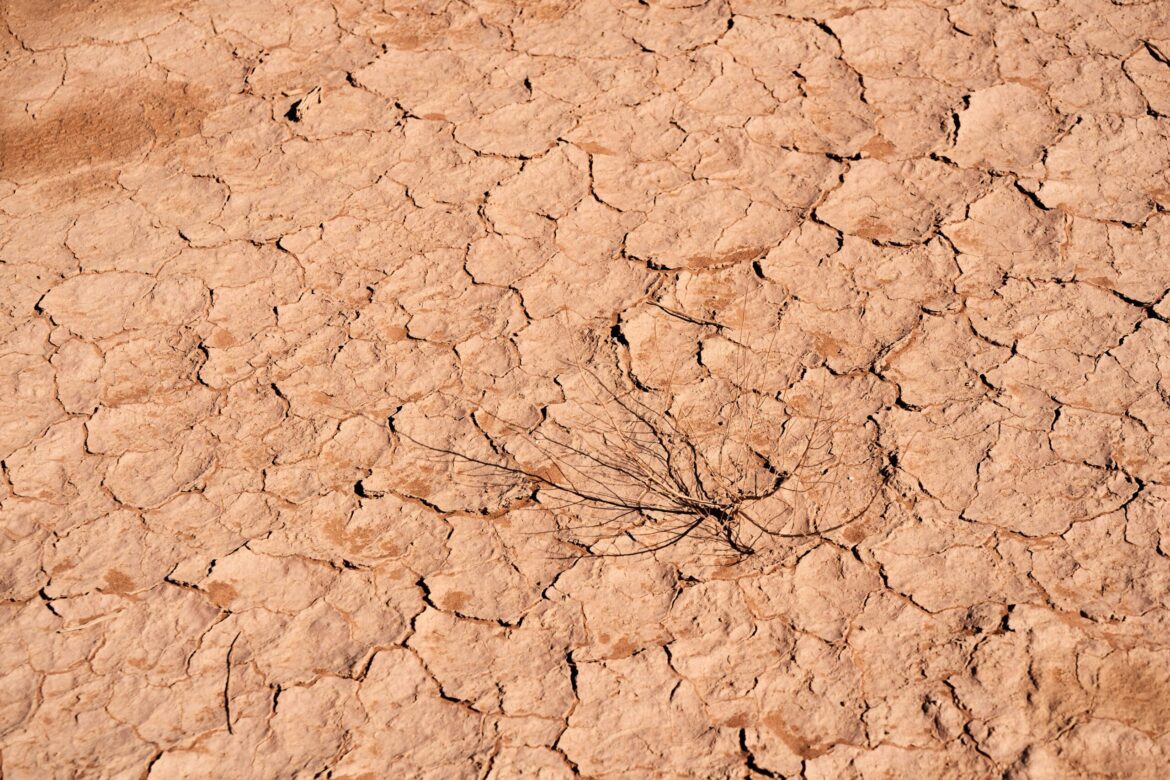A Region Struggling with Drought
Southern California is grappling with severe drought conditions in April 2024, as nearly 44% of California and Nevada experience some level of drought. Of these areas, a significant portion has escalated to “exceptional drought” levels, the most extreme classification. This ongoing drought crisis is exacerbating water shortages and increasing the region’s vulnerability to wildfires, with low precipitation and high temperatures compounding the challenges for communities, wildlife, and ecosystems across Southern California.
The region has received less than 50% of its average winter precipitation, contributing to diminished snowpack in the Sierra Nevada mountains and low water levels in major reservoirs like Lake Mead and Lake Oroville. This lack of precipitation, combined with an unusually short wet season, has left California and Nevada facing an uphill battle to manage their dwindling water resources, heightening the already-pressing concerns about water conservation and wildfire preparedness.
The Impact of Low Precipitation
The significant reduction in winter precipitation has had far-reaching effects on both urban and rural areas in Southern California. Typically, the winter rains replenish reservoirs, groundwater supplies, and the snowpack that provides water through the spring and summer months. However, this year’s below-average rainfall has resulted in depleted water reserves, leaving many communities reliant on groundwater and imported water supplies to meet their needs. These resources, already stretched thin from years of drought, are now under even greater pressure.
For agricultural regions, the drought has been particularly damaging. Farmers are facing water cutbacks, which have led to reduced crop yields and increased irrigation costs. Some areas have been forced to fallow large portions of farmland, exacerbating food production challenges and threatening local economies.
Wildfire Risks on the Rise
One of the most pressing concerns stemming from the ongoing drought is the increased risk of wildfires. With the combination of dry vegetation, high winds, and high temperatures, Southern California is primed for a volatile wildfire season. The exceptional drought conditions have created a perfect storm for fire outbreaks, and experts predict a much more active wildfire season compared to previous years.
Firefighters are already gearing up for a potentially devastating season, preparing for rapid response times and increased fire suppression efforts. Wildfire management agencies are ramping up training, increasing the number of resources, and focusing on fire prevention strategies, including controlled burns and clearing dry brush around urban areas. The combination of dry conditions and a shorter rainy season means that the region’s forests and grasslands are more vulnerable than ever to wildfire ignition.
Water Conservation and Policy Responses
As Southern California faces another severe drought, state and local officials are calling for increased water conservation efforts. With urban water use contributing to a significant portion of overall consumption, public awareness campaigns have been launched to encourage residents to reduce water waste by limiting lawn watering, installing water-efficient fixtures, and repairing leaks. Several cities have enacted water use restrictions, including limiting outdoor irrigation and enforcing stricter water usage limits for businesses.
California Governor Gavin Newsom and other state leaders have expressed growing concerns about the drought’s long-term impact and are pushing for investments in water recycling and desalination technologies to provide alternative water sources. In addition, there is a renewed focus on updating infrastructure, such as expanding water storage capabilities and improving the efficiency of water distribution networks, particularly in the face of increasing climate variability.
On a federal level, there have been calls for additional federal assistance to support communities affected by the drought. Federal funding has been allocated to help with wildfire mitigation and disaster relief, but further measures may be needed to support the long-term adaptation of both urban and rural water systems.
Public Awareness and Future Outlook
The ongoing drought is serving as a wake-up call for many Southern Californians, pushing conversations about climate change and the region’s preparedness for extreme weather events into the spotlight. Water conservation practices, which were once seasonal or only relevant in times of emergency, are now being incorporated into everyday life as an essential way of life. Environmental groups are advocating for sustainable water management policies, urging citizens and policymakers alike to view water conservation as a long-term investment rather than a short-term solution.
As the summer months approach, Southern California faces the possibility of further challenges related to both water scarcity and wildfire prevention. The drought, which has already stretched resources thin, is likely to continue until the region receives more consistent rainfall. However, even with potential rain, experts are cautioning that the long-term effects of climate change could make such droughts more frequent and severe in the future.
In the coming months, as temperatures rise, wildfires become more of a risk, and water supplies continue to dwindle, Southern Californians will need to rely on community resilience and state-backed conservation measures to navigate what is shaping up to be a very difficult year ahead.
Source:
SFGate – Southern California Drought April 2024

